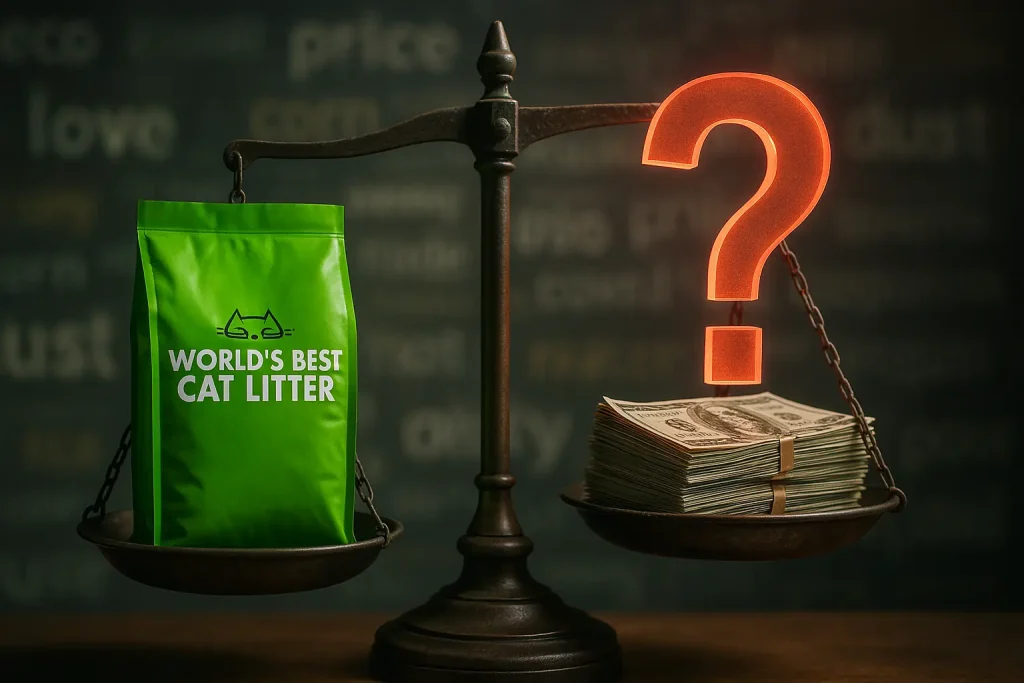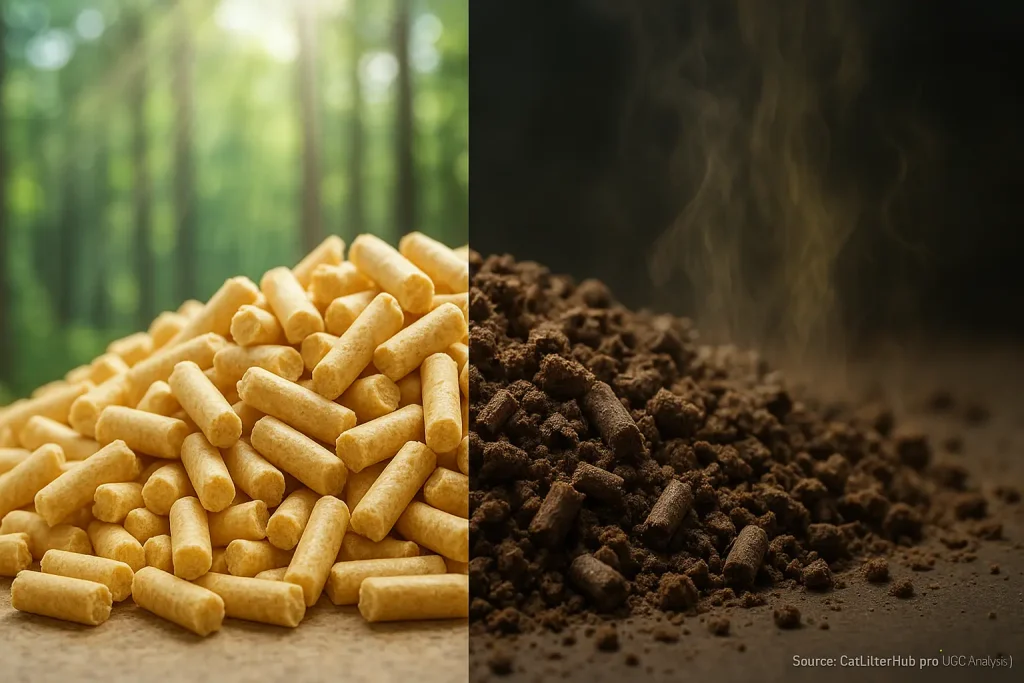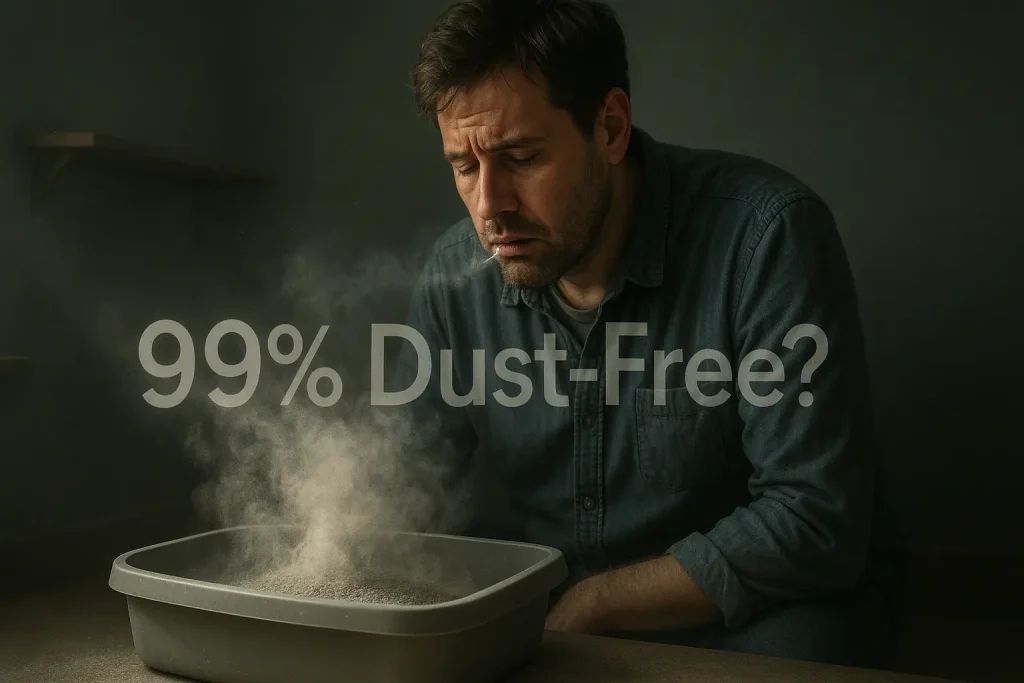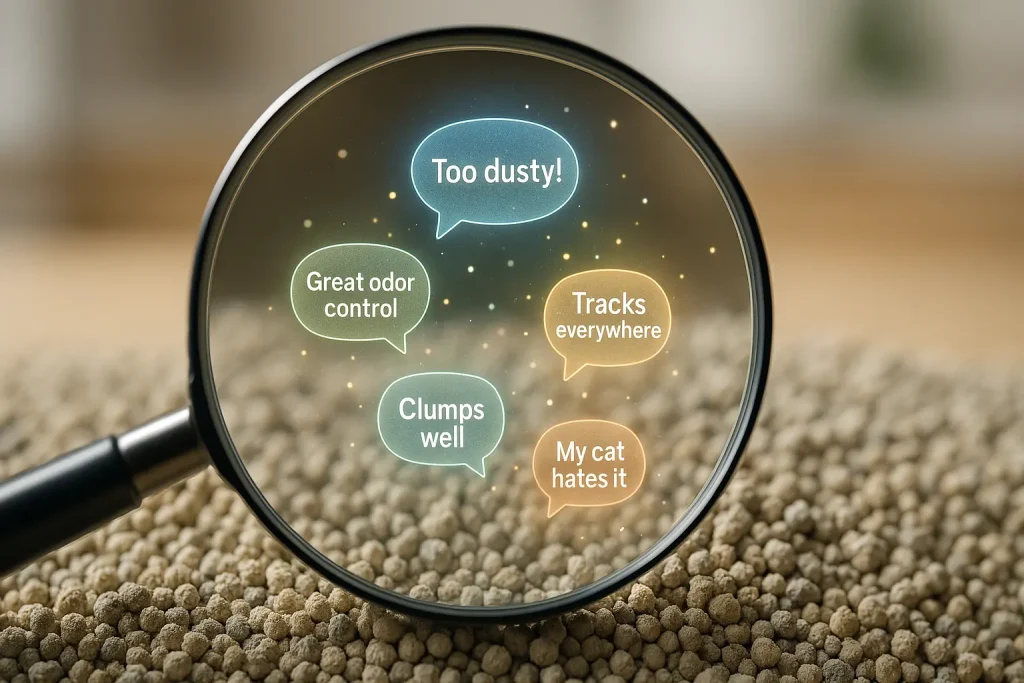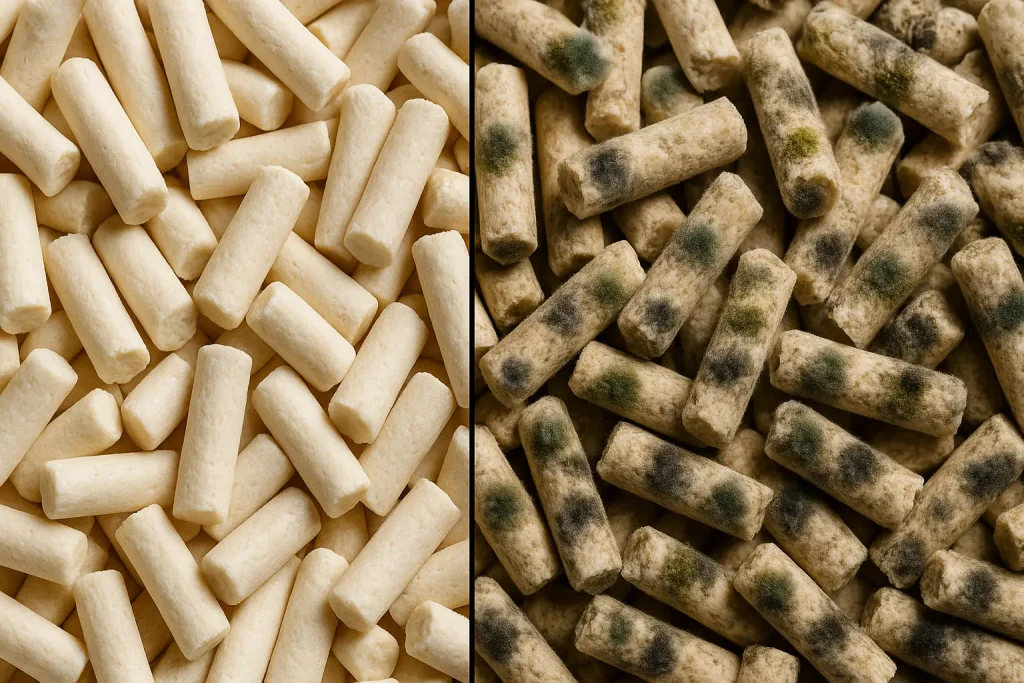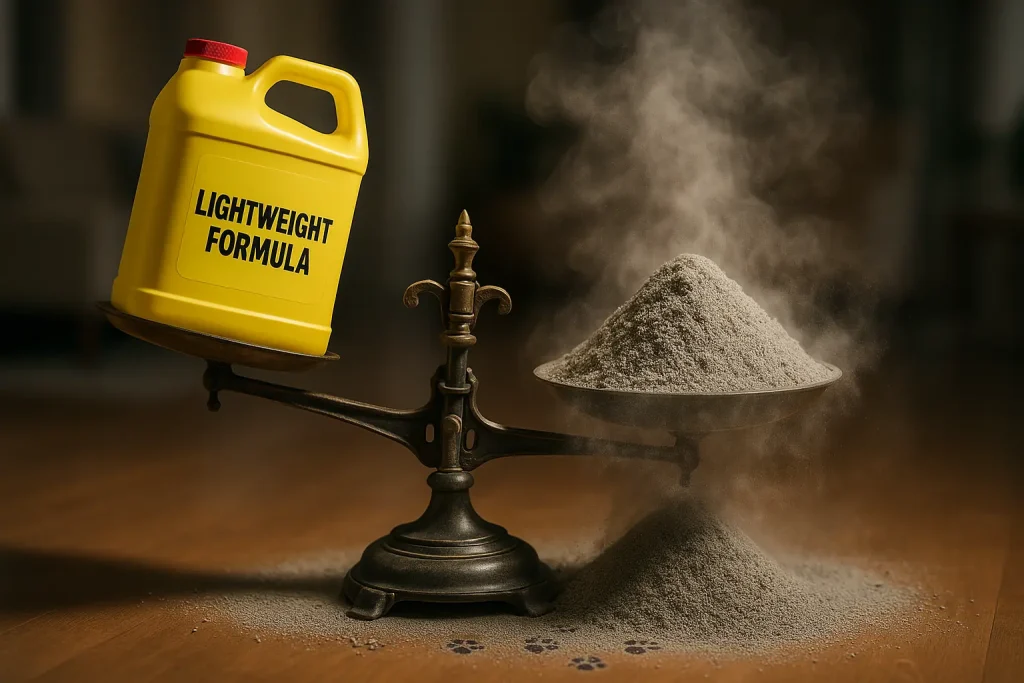The Universal Agony: Why Your Floor Is Litter's Secret Accomplice
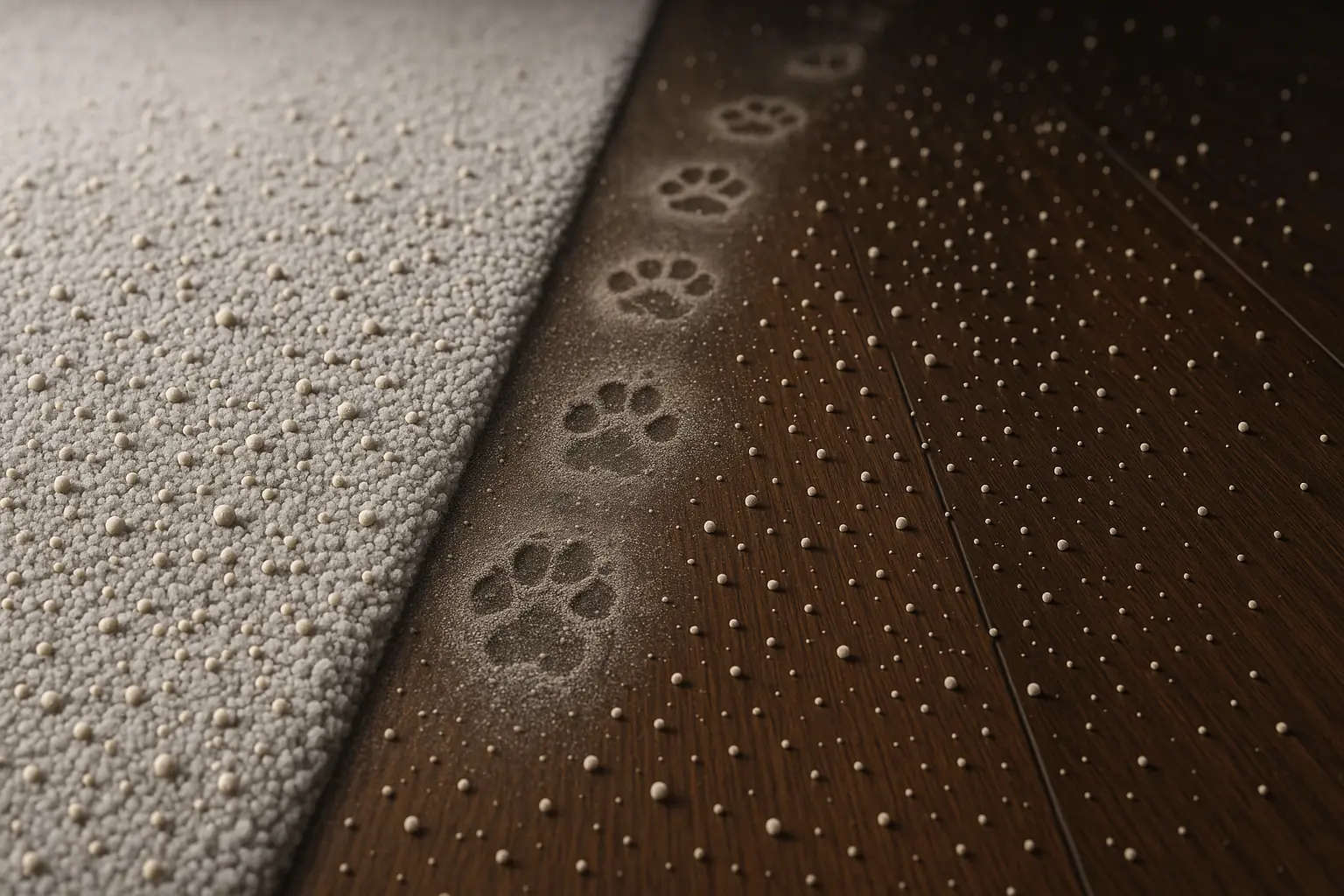
You just vacuumed. Five minutes later, your cat saunters from the box. And there it is. That gritty trail of litter mocks your clean floor. Sound familiar? It is the bane of nearly every cat owner. What thousands of cat parents have discovered the hard way: your floor is litter's secret accomplice.
Most litter brands boast "low tracking" features. User experiences, however, paint a far more complex picture. A common theme in user discussions highlights a significant oversight by manufacturers. Our analysis of countless owner reports reveals a clear pattern. Your specific floor type can transform even a "low-track" litter into a tracking nightmare. This critical interaction often goes unmentioned.
So, is your plush carpet a notorious litter magnet? Does your sleek hardwood seem to broadcast every stray granule? Cat Litter Hub has synthesized extensive user-generated evidence. We are about to expose the worst flooring culprits, explaining why your floor itself might be exacerbating this universal agony.
Carpet Catastrophes: How Plush and Low-Pile Become Litter Graveyards (UGC Deep Dive)
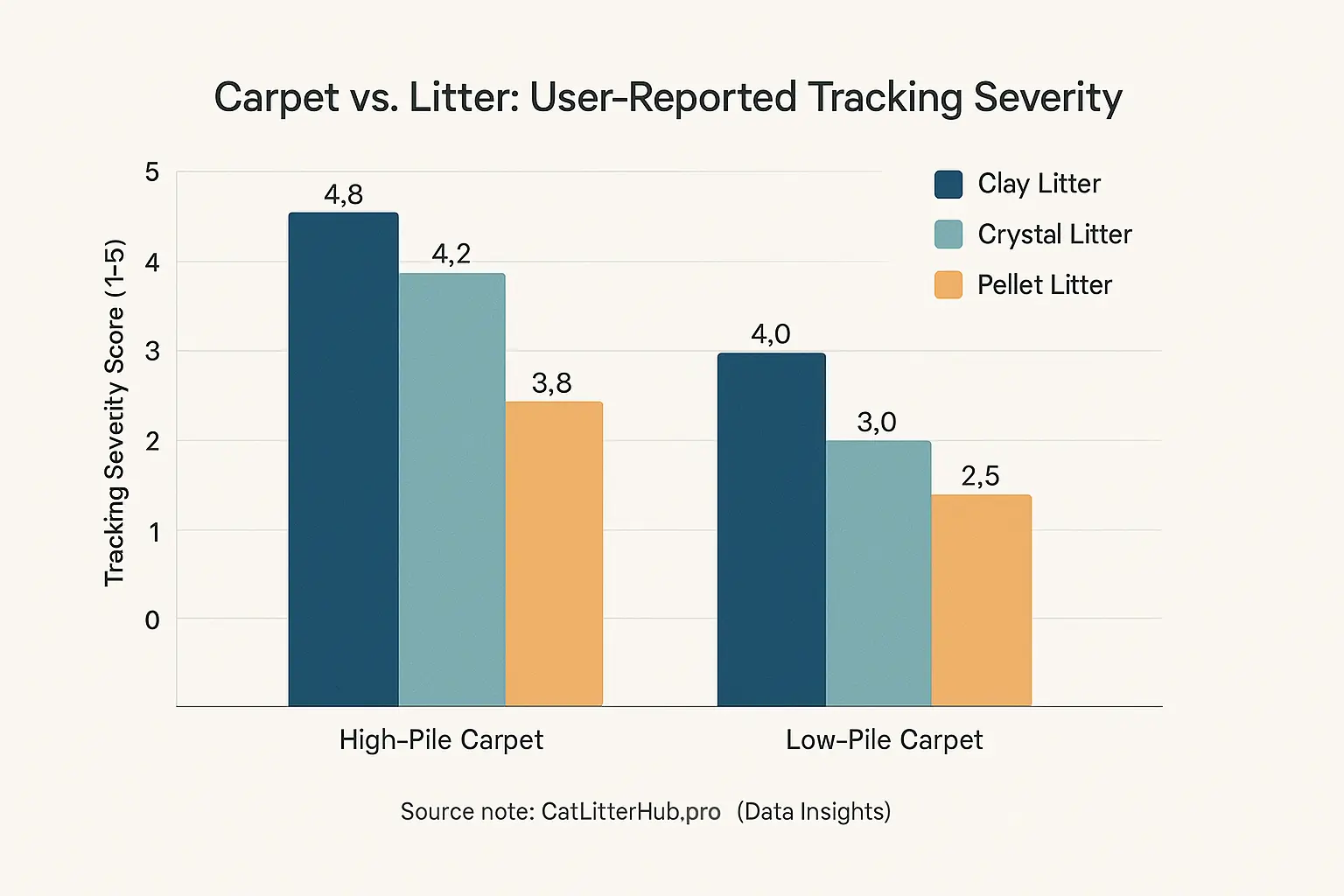
Think your plush carpet is cozy? For litter, it's a five-star hotel. No checkout. Owners of shag rugs often find 'litter fossils' weeks later. Regular vacuuming often fails them. High-pile carpets notoriously trap granules; users report deep embedding within fibers. Low-pile carpets present their own tracking issues. Litter there may be more visible but clings stubbornly, according to extensive owner feedback.
Why are carpets such litter magnets? Granules don't just catch on fibers. Users explain litter grinds into the carpet backing. Removal becomes a true test. Fine clay litters, especially, can become one with the carpet. Countless reviews paint this frustrating picture for cat owners, detailing how these tiny particles resist most cleaning attempts.
Cleaning these embedded granules tests owner patience. Standard vacuums often struggle significantly. Users report even special attachments barely dent deeply embedded litter. Some cat parents admit to hand-picking granules from beloved rugs. That is dedication born from sheer desperation. A surprising user tip for low-pile carpets has emerged from community discussions. Some find a stiff rubber broom dislodges more embedded litter before vacuuming than suction alone ever could.
Hardwood & Laminate Headaches: The Slick Slide and Grit Grime Reality (User Reports)
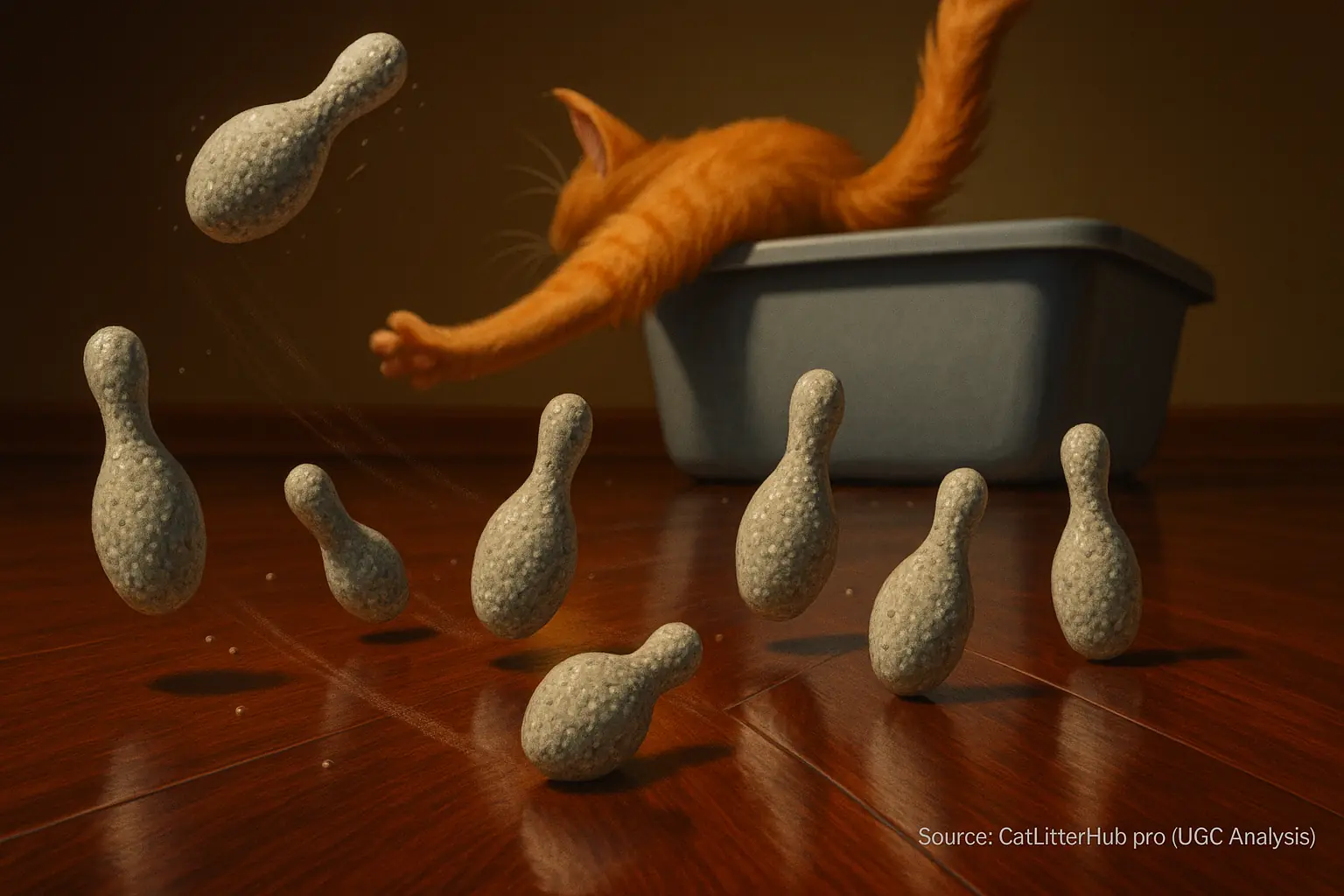
Ah, that satisfying click. Your cat’s claws meet hardwood. Then, the dreaded crunch. Scattered litter everywhere. Owners of smooth floors know this sequence all too well. Litter on these surfaces isn't just tracked; it's broadcast.
Hardwood floors offer zero grip for stray granules. Laminate surfaces behave much the same, users find. Many cat owners describe litter particles skating freely across the floor. A quick tail flick can send them flying. One playful pounce often creates a surprisingly wide litter diaspora. Lightweight litters? These formulas frequently magnify this 'slick slide' effect, according to numerous reports.
Often, you feel the grit before you see it. That fine, sandy layer underfoot is a constant. Countless user accounts detail this persistent annoyance from tiny litter particles on hard floors. Sweeping becomes a daily ritual for many households with hardwood. Some owners report it's an hourly battle against migrating grains. Laminate floor owners? They sometimes report an additional challenge. A peculiar static cling can attract fine litter dust, some observe. These laminate finishes almost act like magnets for those tiny, pesky granules, based on their experiences.
Tile & Grout Traps: Where Litter Hides and Thrives (Owner Frustrations)
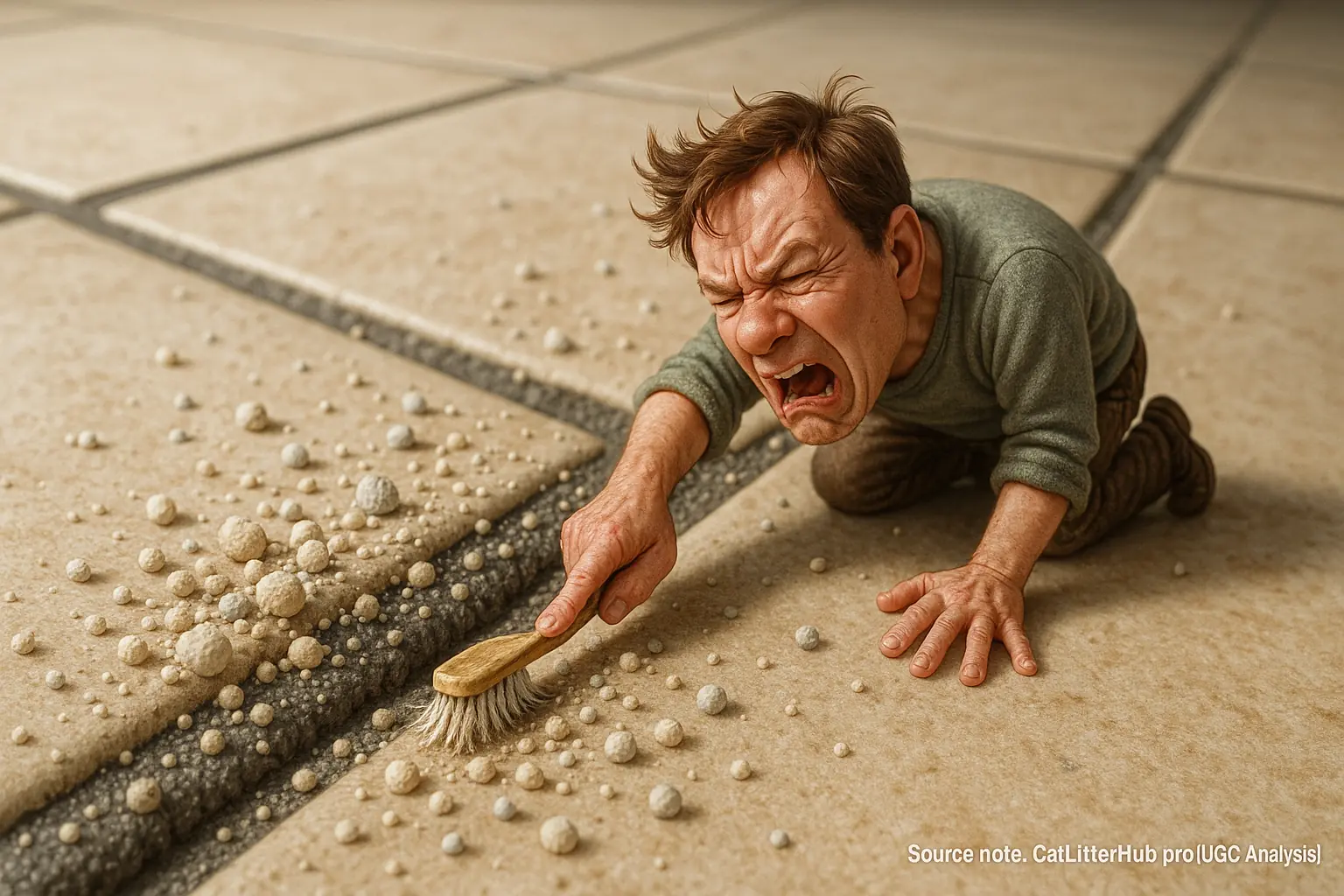
Tile floors seem easy. Users initially think so. Then cat litter enters the picture. Every grout line transforms. It becomes a tiny litter trench. Owners with tiled bathrooms frequently lament this. Laundry rooms present the same challenge. Sweeping often just pushes granules deeper. Grout functions like Velcro for fine litter dust. This problem vexes countless cat parents.
User experiences overwhelmingly identify grout lines as the number one enemy. Fine litter particles settle deep into these channels. Coarser granules become stubbornly wedged. The visual annoyance is constant. Dark grout showcases light-colored litter. Light grout, conversely, often suffers staining. Dusty litters are the culprit here. It feels like a no-win situation. Many owners echo this sentiment.
And if your home has textured tiles? The challenge intensifies. Users often describe these surfaces as mini-obstacle courses for litter. Every tiny divot seems to grab granules. Each ridge holds onto them for dear life. Mopping can compound the issue. Fine litter dust mixes with water. This creates a muddy residue. The slurry then settles into tile textures and grout. A surprising number of cat owners confess a cleaning secret. They resort to old toothbrushes. Some use dedicated grout brushes. This meticulous work removes trapped litter. Such detailed cleaning becomes a Sisyphean task for many.
Interactive Tool: Your Floor vs. Litter Tracking Nightmare Score!
Floor & Litter Tracking Matcher
See how your specific floor and litter combination scores in the tracking battle. Our quick matcher above, built by Cat Litter Hub, uses insights from thousands of US cat owner reports. It instantly calculates your 'Nightmare Score'. You also get practical, community-sourced tips.
Ready for your results? Just select your floor. Pick your litter type. The tool then reveals what patterns emerge from extensive user feedback. Understanding this common frustration is the first step to conquering it.
Beyond Flooring: How Litter Choice Itself Magnifies the Mess on ANY Surface (UGC Connections)
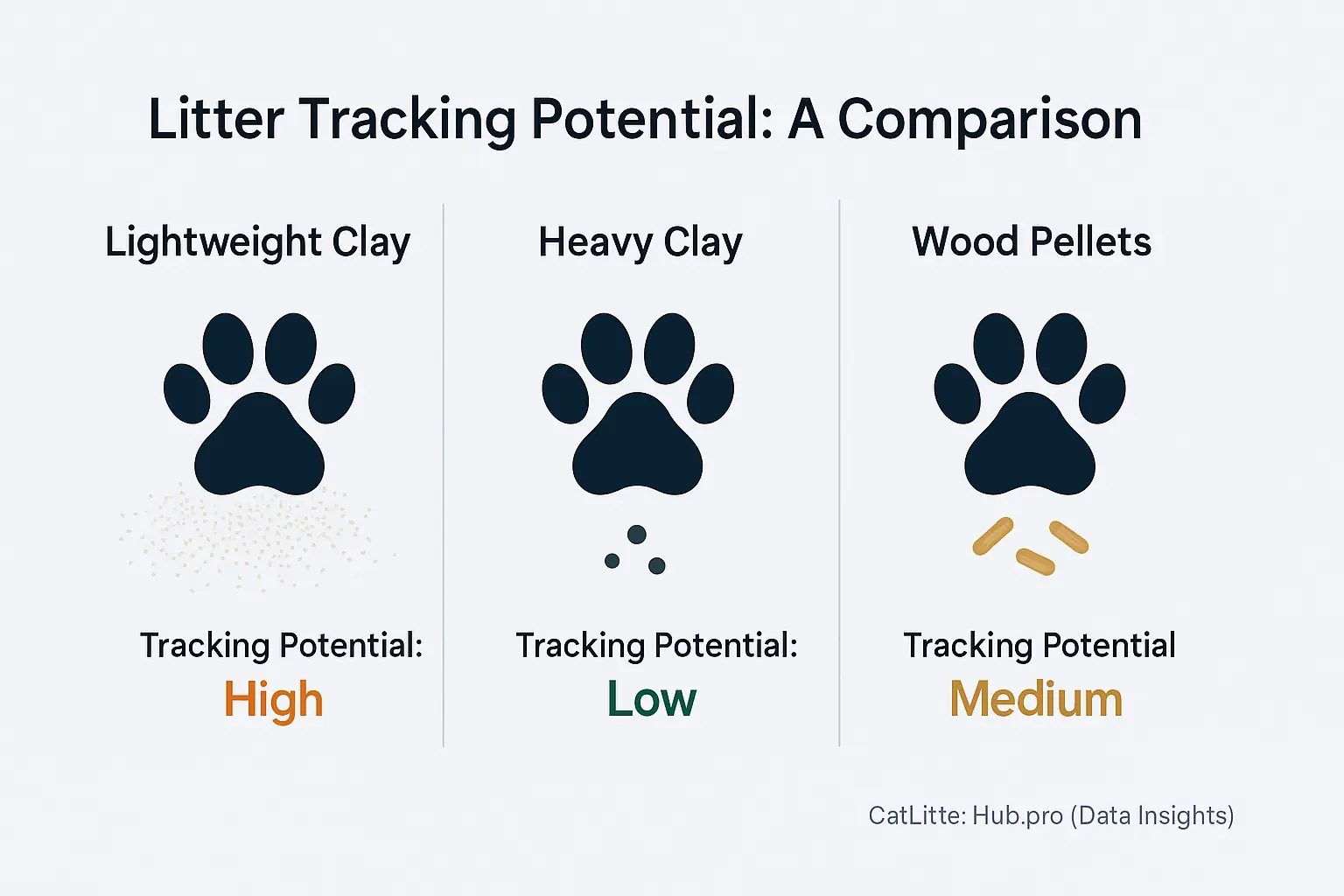
Your floor choice contributes. Many owners confirm this. But users state a plain truth. Some litters would track across a Velcro runway. This sentiment echoes through countless reviews. The litter itself often dictates the scope of the mess.
Lightweight formulas? Owners frequently report their downsides. Extreme tracking is a common theme. These litters can become airborne. A simple sneeze might do it. Super fine granules pose another problem. Users consistently describe them as glitter-like. These tiny particles cling. Fur and paws become their targets. What about those large, chunky pellets? Many cat parents discover even these can escape. Vigorous digging often sends pellets far from the box.
The takeaway from countless user experiences is direct. Litter selection itself is paramount for tracking control. A good mat helps. The 'right' floor helps too. Choosing a litter inherently less prone to tracking is your primary defense. It is your best defense. No floor can truly contain a 'tracking champion' litter. This is a hard truth shared across the community. A fascinating pattern emerges from user observations too. Some cats are 'kickers'. They will send any litter flying. Others are dainty. They barely disturb the surface. Seasoned owners often advise: knowing your cat's 'litter style' is half the battle.
Your Floor Isn't Doomed: Smart Choices to Minimize the Litter Tracking Mess
So, is every cat owner doomed to a life of crunchy floors? Not entirely, users say! No magic bullet exists. Understanding how your floor and litter conspire against you is the first step. This knowledge empowers your fight back against tracking.
The overwhelming consensus from users: pair a less-track-prone litter with your specific floor type. Next, invest in a genuinely effective trapping mat. Make it large! Finally, maintain a consistent cleaning routine. These three pillars, users find, make the biggest difference in managing litter scatter. Many owners report significant improvement with this combined approach.
Ultimately, managing tracking involves making informed compromises. You might not achieve a 100% litter-free home. That goal users often find unrealistic. But armed with these community insights, you can definitely win back significant territory. You can reclaim your floors from the dreaded litter scatter. Happy, cleaner floors await!
Related Insight: Cat Litter Mats: The Hidden Dirt & User Truths About What REALLY Works (And What's a Waste)
Many cat owners reach for a litter mat hoping to stop tracking. It seems an easy solution. But the collective voice of users reveals a different reality for many mat types.
Some designs catch minimal litter. Others create their own cleaning nightmares. Uncovering which mats truly deliver, and which just add to the workload, is crucial information we're digging into.

